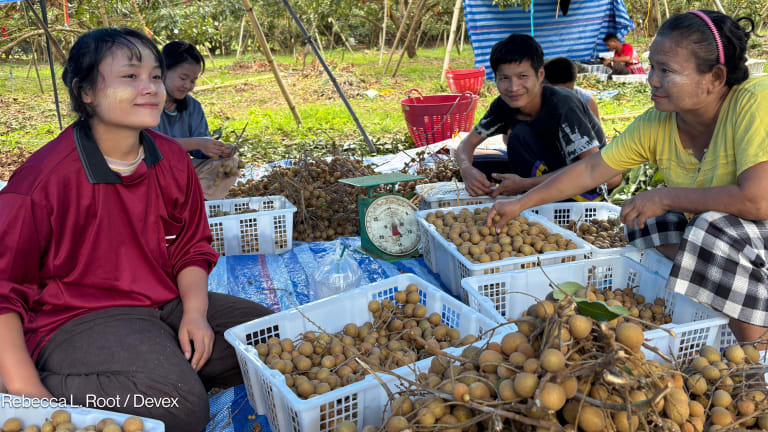Ongoing fighting in the northeast of Myanmar is making headlines as it threatens to spark a diplomatic incident with neighboring China. But the conflict may also be setting up a humanitarian crisis along a border to which international aid agencies have long struggled to gain access.
China has accused Myanmar’s armed forces of dropping a bomb on its side of the border that killed four rural villagers and injured nine on March 13. Myanmar has denied the allegation, saying instead that the rebels it is fighting in the Kokang region of northern Shan State could have been responsible.
The incident marks the most serious spillover of the conflict that has raged since Feb. 9, with Myanmar deploying helicopter gunships and jets and claiming the rebel Myanmar National Democratic Alliance Army also possesses heavy arms, including anti-aircraft weapons — but notably not aircraft.




